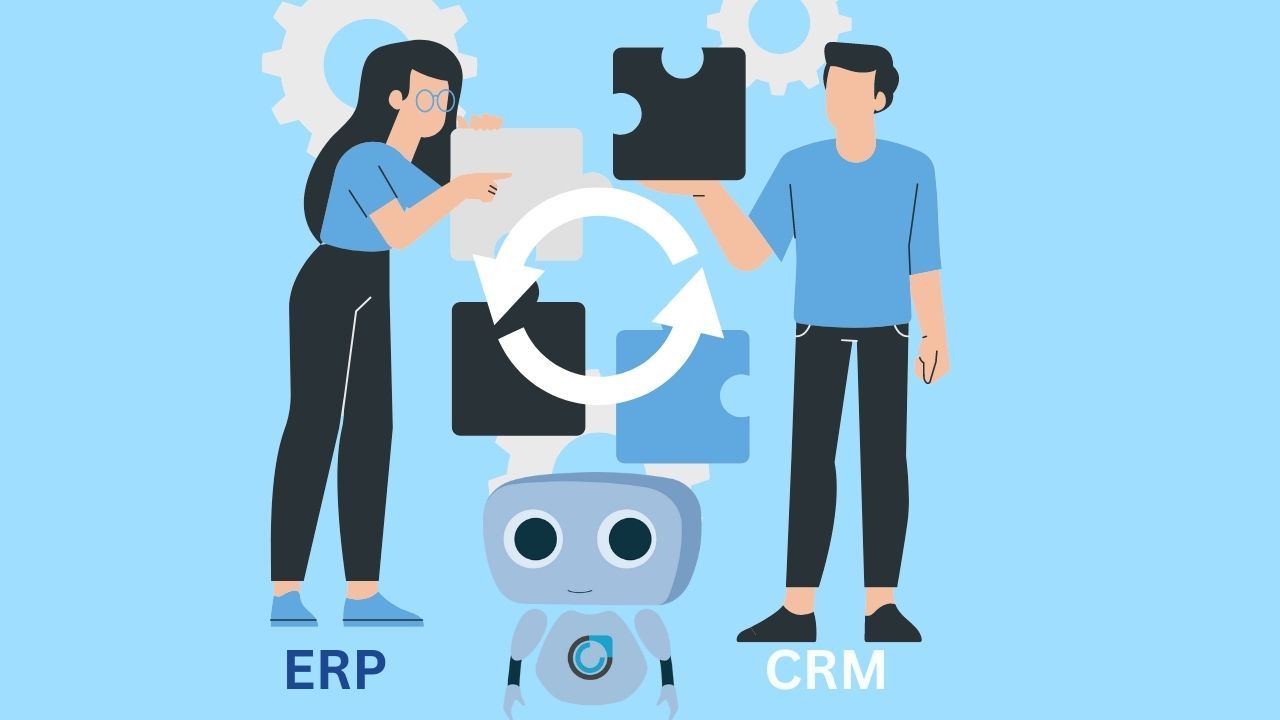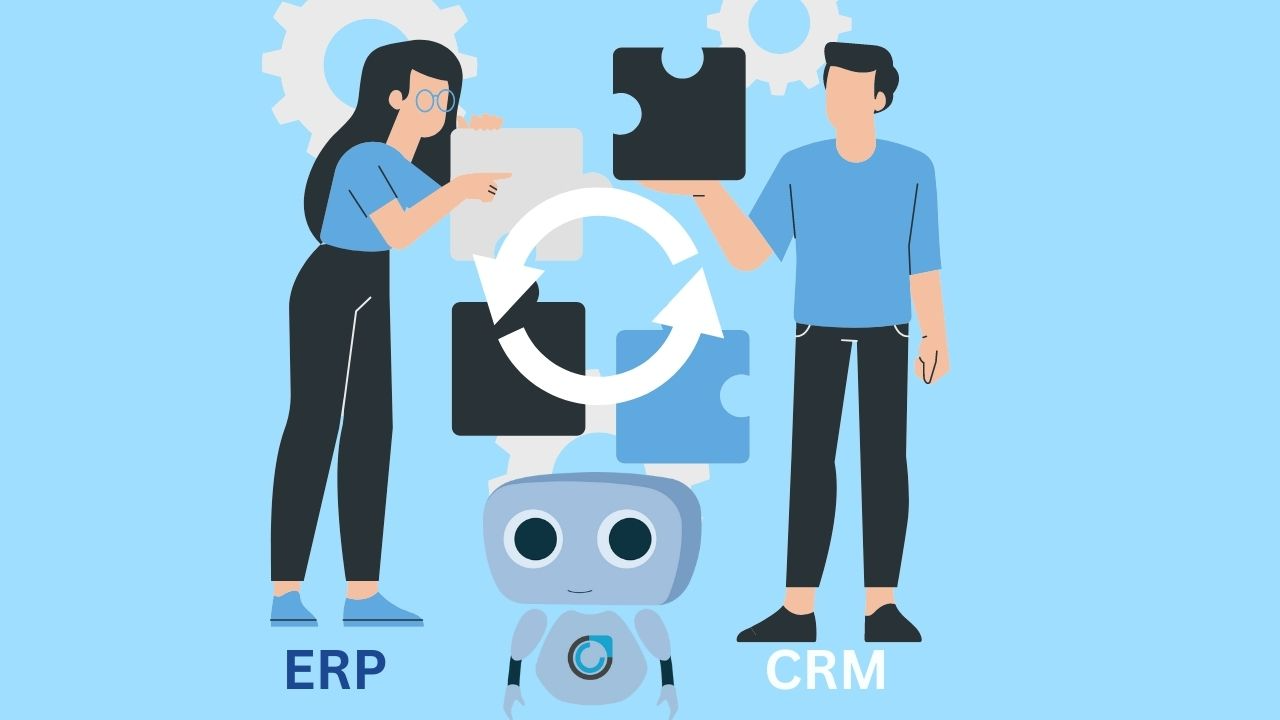Your Sales, Marketing, Operations, and Customer Service staff can access the data stored in Oracle ERP within Salesforce CRM with the SYNC data integration platform from Commercient.


Effective cross-team communication is the engine that keeps every effective business running smoothly. However, siloed data can stand in the way of that, especially when different teams are using different, incompatible management systems to maintain their operations.
If you use Salesforce for managing your supply chain and customer data, you are familiar with their powerful toolkit. Oracle EBS provides solutions by giving you the versatile toolkit necessary to automate your systems and meet your ERP needs.
As these two are different softwares, how can you keep them connected and "talking" with each other so your staff can save time allocated in manual data entry?
Commercient brings you the latest integration in their SYNC data integration app, which will allow you to enter data and manage resources across both of these systems at once. Read on to find out how.
To view the store page for this integration, visit https://appexchange.salesforce.com/listingDetail?listingId=a0N3A00000EOAq9UAH&tab=d
Commercient’s integration allows you to utilize a range of accessibility and adaptability features only available on Oracle while still managing your customer data through Salesforce. Salesforce and Oracle EBS are both designed to support a growing business, and during that process, this integration can support scaling data entry needs across both platforms.
This pre-built integration offers fast implementation times, and can be set up in a few days while running primarily in the background. The system is designed to prevent data loss, and can combine databases from both apps to improve cross-team communication and efficiency. Much of this SYNC process can be automatically conducted, although the app does feature manual controls to select only the desired records and databases during the process.
In addition, the app provides controls to schedule backup and synchronization processes. For example, the bi-directional sync process can run automatically every day and hour, or only on an as-needed basis thanks to the manual controls.
The SYNC app is built on the belief that each piece of business management software provides its own advantages, but also that each has limits. This integration is designed to supplement the Salesforce customer service and supply chain monitoring tools with the ERP software necessary to effectively manage those resources without having to repeatedly enter data.
For more on the SYNC app, visit https://www.youtube.com/watch?v=HLPVl0VH6NA&t=12s
SYNC operates at the object level, meaning that each piece of data is evaluated on its own to prevent redundancies. Not only does this prevent human error and duplicate orders, it also allows your sales and warehouse teams to view the same data at the same time, ensuring each order can be managed effectively.
Commercient is interested in giving businesses the tools they need to unsilo their data and create more unified systems. This is a change that could provide a noticeable boost to efficiency across your entire operation, and with a system as affordable as SYNC, you can easily make the most out of both Salesforce and Oracle EBS.
Read more about cloud integrations at https://www.commercient.com/product/oracle-erp-cloud-and-salesforce-integration-with-commercient-sync/
This integration joins nearly 100 others on the SYNC app, continuing Commercient’s trend of providing ERP to CRM integrations for businesses of all sizes and industries. Their team works exclusively on these integrations to ensure that each one functions as seamlessly as possible, prioritizing customer satisfaction above all else.
Additional information is available at https://www.commercient.com/sync/how-it-works/
